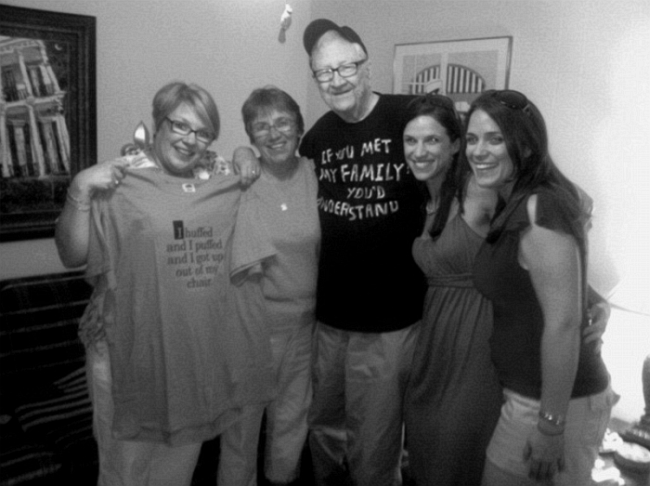|
Today in New Orleans History |
|
|
August 11


 To receive an update for each day in New Orleans history,
join our facebook page - Today in New
Orleans History.
“Use of the electron microscope in discovering hidden secrets of cotton
fiber will be revealed at a meeting of Naval Research Company 8-1 Tuesday at 7:30 at Southern Research Laboratory, 2100 Robert
E. Lee. Verne Tripp, cellulose chemist at the laboratory, will be the speaker at the meeting” read an announcement in
the Times-Picayune on August 11, 1957. At that time only four 1200-pound $19,500 electron microscopes were
in use in New Orleans .-- at Verne Tripp's lab, at Charity Hospital, and at the medical schools of Tulane and Louisiana State
universities and few people, other than Tripp, knew how to use them. He had given a presentation at Charity Hospital on “Medical
Possibilities of the Electron Microscope” in 1951 so he was well versed in the field. Verne Tripp graduated from Loyola University, where he was on the deans list, in 1939. After completing a teaching fellowship
at the University of Detroit he began working at the lab in 1942. In 1949, with his wife Rita Council, Leon Segal, and Carl
M. Conrad he wrote “Determination of Cellulose by Acid-Dichromate Oxidation”. Some ten years after our local
scientists began puzzling out the mysteries of cotton the first advertisement for wash 'n wear appeared in the Times-Picayune
(1953). A decade after that (1964) Tripp received the highest citation of the United States Department of Agriculture –
the Distinguished Service Award in honor of “contributions to the development and improvement of wash-wear cotton fabrics
and thus the welfare of the cotton industry”. Fellow Southern Regional scientists Dr. Ruth R. Benerito and Lawrence
W. Mazzeno Jr. also shared the award. The USDA noted that an estimated 45 million yards of cotton fabrics were being produced
weekly in the nation utilizing either directly of indirectly the laboratory's wash-wear developments. Mr. Tripp is pictured here with (left to right) daughters Liddy Haneman and Dolly Breaux and grandaughers Robin Breaux
Lauga and Erin Breaux – all wearing wash 'n wear. (Photo courtesy of Harry and Dolly Tripp Breaux.) From Legendary Locals of Metairie by Catherine Campanella.  To receive an update for each day in New Orleans
history, join our facebook page
- Today in New Orleans History
The Big Easy television series, inspired by the film of the same name from 1987. premiered on the USA Cable
Network August 11, 1996. Tony Crane played New Orleans police detective lieutenant Remy McSwain, Susan Walters
played state district attorney Anne Osbourne and Barry Corbin played police chief C.D. LeBlanc. Daniel Petrie Jr. (who wrote
the screenplay to the film) was the executive producer of the series. 35 episodes were broadcast over two seasons. The series
takes place in New Orleans, Louisiana and was shot on location. (Wiki)
Morris F. X. Jeff, Sr., a pioneer in establishing recreational and educational programs for African American children when New Orleans was segregated, was born in Morgan City on August 11, 1914. After moving to New Orleans with his family at an early age, Mr. Jeff graduated from McDonogh 35 High School and Xavier University. He later obtained a master's degree from the University of Michigan. Mr. Jeff began his teaching career in Lake Charles in 1937. In 1940, he returned to New Orleans where he dug ditches for the Works Progress Administration. He was later promoted to a position in the WPA's recreation department. Mr. Jeff's career with the New Orleans Recreation Department began in 1947 when he became head of it's "colored division." As head of this division he instituted many youth programs that are still in use in the city. Mr. Jeff died of heart failure on August 29, 1993 at the age of 79 and is buried in St. Louis Cemetery No. 3. (From the New Orleans Public Library)
|
|
|

To receive an update for each day in New Orleans history,
join our facebook page - Today in New
Orleans History.
Analytics |


